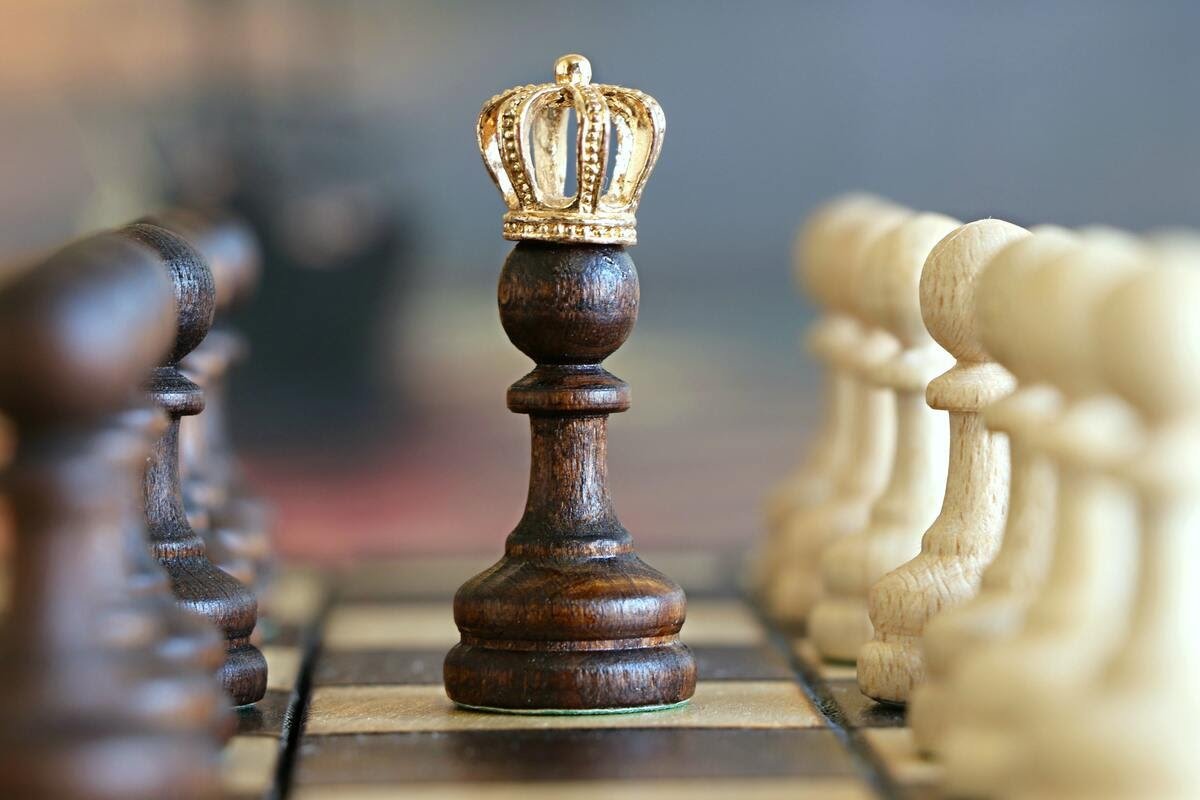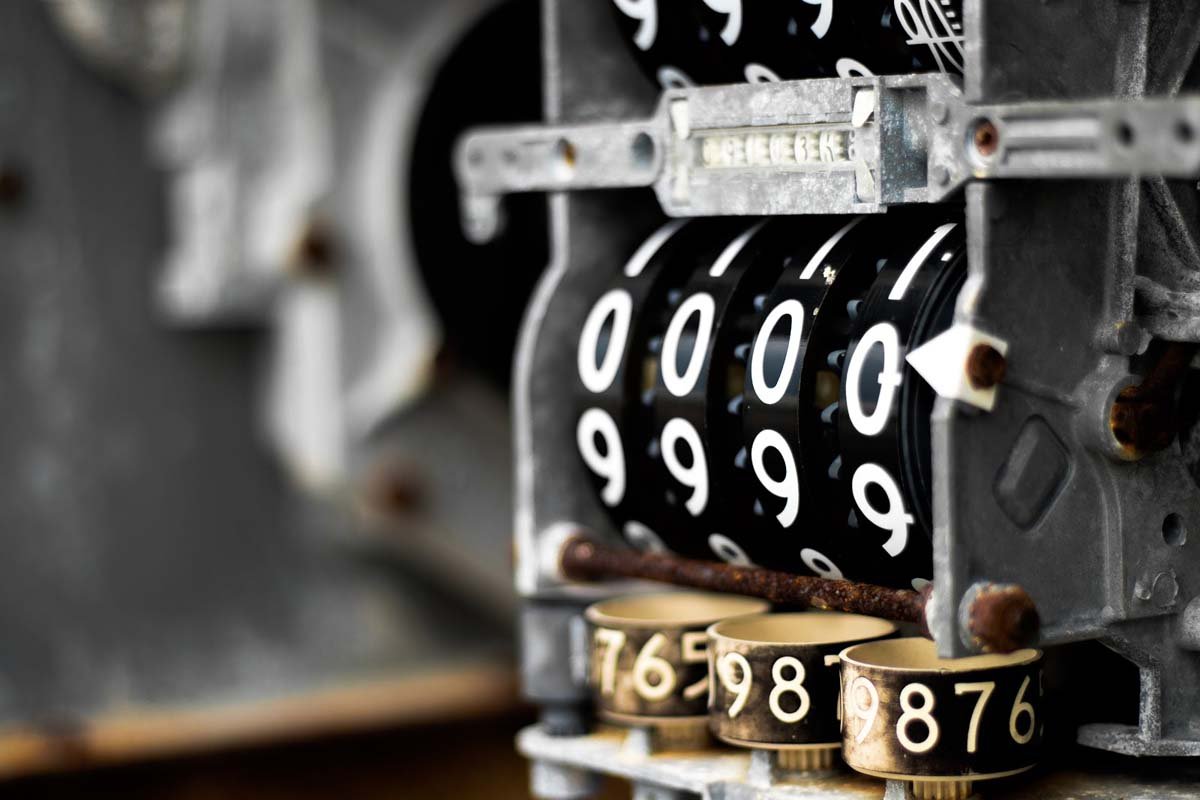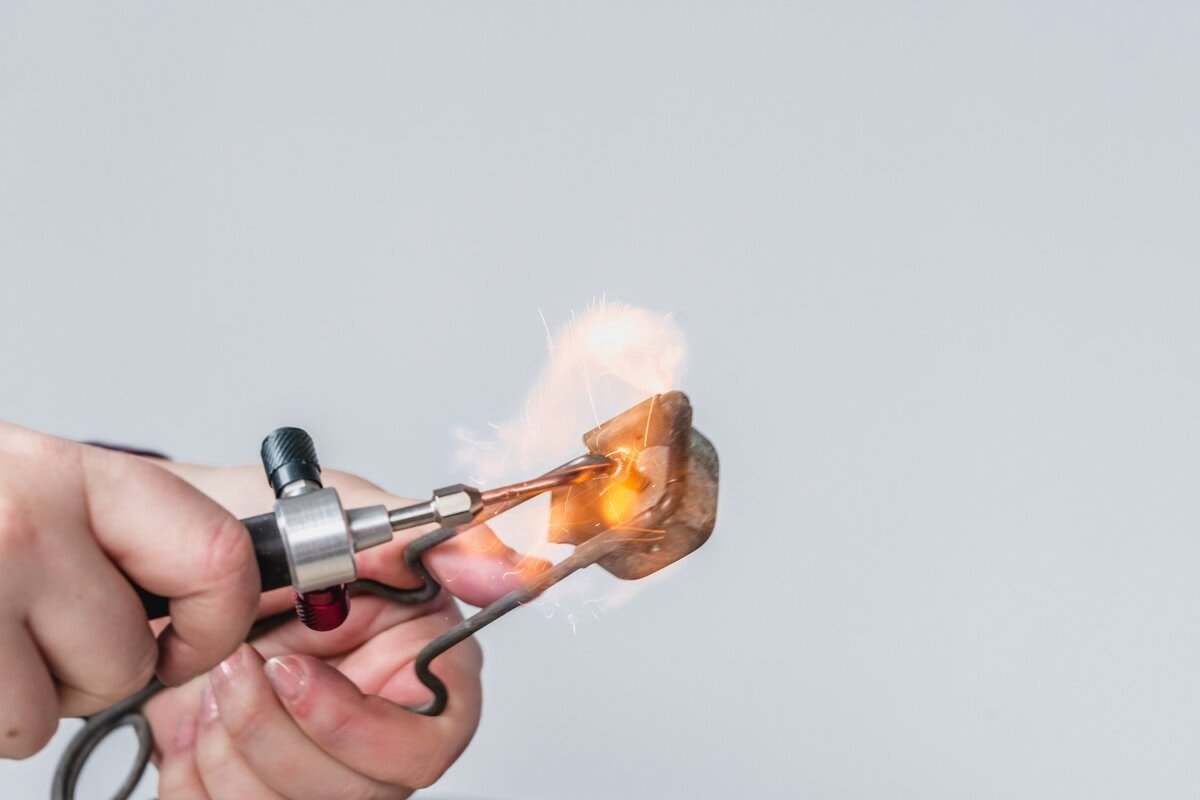Beauty usually has a shallow connotation attached to it, but a few facts about jewelry will make you think otherwise. In the modern age, jewelry is typically used for adornment and could easily be reduced to vanity and extravagance by a lot of people. The history of jewelry will tell you that its depth goes far deeper than that. It’s because they also signify culture, heck archaeologists even use them to gain an understanding of the way people lived and how they perceived things back then.
When it comes to amazing facts, jewelry is one of the topics that could pique your interest. For this purpose, we have listed down 10 amazing facts about jewelry that you probably didn’t know. Read on to learn more.
The Biggest Diamond Ever Recorded is the Kohinoor Diamond
The Kohinoor Diamond is believed to have been mined in India and was owned by the Kakatiya dynasty. It was passed on from one ruler to another, all the way to the Tower of London in Britain, where it currently resides.
Because of its connection with centuries of bloodbaths, it was believed that whoever possesses it has the power to rule the world, but there’s a catch–whoever owns it will be cursed with death and misfortune.
Initially, it was a 793-carat diamond, making it the biggest diamond in the world. Unfortunately, it was poorly cut to 186-carats by a royal jeweler. Currently, it weighs at 105.6 carats after being cut further by Prince Albert in 1852 to increase its brilliance.
It is difficult to assign a monetary value to the Kohinoor diamond. Because it is so unique, it has always been bartered, stolen, or gifted but never sold. Thus, there has never been a price tag attached to it. It is one of those things that can be considered priceless.
The Unique Carbon Property of Diamonds Is Also in the Lead of Your Pencil
Diamonds and graphites are both made up of pure carbon and are allotropes of the element. What makes them different is how their carbons are arranged in space and their dimensional structure.
While the carbons of both are arranged in an infinite array but that of graphites is layered. Carbon atoms in a diamond are arranged tetrahedrally where each atom is attached to four other atoms in a distance and bond angle, while they are attached to only three in graphite. This accounts for a diamond’s hardness and density.
The three-dimensional structure of graphites dictates their physical properties. Their layers cleave readily, which makes them perfect to use for pencils, and has a lower density than that of diamonds. What are diamonds known for? While graphites have a hardness of 1-2 in the Mohs scale, diamonds remain as the hardest natural element, scoring a 10.
Early People Couldn’t Afford Jewelry

Throughout history, jewelry was mainly used to signify one’s status. In ancient Rome, for example, only some high ranking people were allowed to wear rings.
Ordinary people in the Middle Ages tried to imitate the royal family and church leaders by wearing jewelry. However, nobles deemed this to be a privilege that they alone should have, leading to the passage of Sumptuary Laws to regulate what the people were allowed to wear. Under these laws, people were allowed to wear only ecclesiastical, curative, romance, and gadget rings that each signify meaning and purpose.
The creation of fine jewelry emerged along the way, which were sold then at astronomical sums, far beyond the reach of the common man. This makes investment in jewelry elusive more elusive to the early commoners than they are today.
The Biggest Heist of the Century Involved Diamonds

The value jewelry hold can be unthinkable, resulting in numerous great robberies throughout history. And what’s the biggest one yet? The Antwerp Diamond Centre heist, which took place on the 15th of February 2003. It is appropriately dubbed as The Heist of the Century.
An estimated value of $100 million worth of diamonds, gold, and jewelry was stolen by a group led by Leonardo Notarbartolo, making it the world’s biggest diamond and jewelry robbery on record.
To this day, the police are not able to give any explanation of how the thieves were able to go past around 10 layers of security, including a lock with 100 million possible combinations.
The vault, once thought to be impenetrable, took only a team of five professional thieves to crack open. The heist crew was able to get away with the loot, but Notarbartolo was taken into custody a week later. This was all thanks to the incriminating evidence of a half-eaten salami that Speedy, one of the circle’s members, was unable to dispose of properly, which led the police to the thieves.
According to Notarbartolo, only $20 million worth of jewelry was stolen by the group as they were double-crossed by an insider who helped them do the job. Most of the jewelry has yet to be recovered to this day.
Jewelry Are Not Just for Adorning the Body
In itself, jewelry has no other purpose than to make one look attractive. Necklaces, rings, and earrings are the most usual types of jewelry. However, they can be added to items that have practical use. You may decorate brooches used to keep cloaks secured with jewels, as well as accessories such as belts and handbags.
Aside from beautification, there are varying reasons why one wears jewelry. Some groups use jewelry for identification. Fraternities and sororities, in the form of pledge pins, wear them to show their association and commitment to the group. Some also come in forms of class rings and friendship bracelets.
They can also be used for body modifications, which range from simple to drastic. The most common example would be earrings. The act of piercing is no longer limited to the ear lobes. Piercings of various parts of the body (i.e., lips, nose, etc.) are now commonplace.
Padaung women in Myanmar, however, have it differently. They are known for wearing large golden rings around their necks, which is believed to provide protection against enemy tribes. The ritual, if you want to call it that, is performed on girls as young as five years old, when they are made to wear their first neck ring, with more rings adding up as they grow older—the practice results in these women noticeably longer necks.
Diamonds Can Now Be Grown

Here are several fun facts about diamonds. While mined from the earth’s crust like all other gemstones, it is one of the only two gemstones that is formed deep within the earth. But did you know that scientists were able to successfully replicate this process in the laboratory?
Lab diamonds are unlike diamond simulants CZ or Moissanite because they are no less real diamonds! They are not just polished glass designed to be a replica of the real thing, and actually have the same clarity and natural inclusions of mined ones. Lab-diamond or mined, both have the same chemical composition, crystalline structure, refractive index, dispersion, hardness, and density.
Early on, the lab-grown diamond industry was forced to use terms like “synthetic,” but a ruling by the Federal Trade Commission (FTC) allowed them to do away with the misleading name. According to the FTC, a diamond is a gemstone regardless if it was mined or lab-grown. The agency removed the term “natural” from the previous FTC definition of a diamond, which was “a natural mineral consisting essentially of pure carbon crystallized in the isometric system” as it is now possible to grow one with essentially the same properties.
Diamond laboratories use cutting-edge technology in two processes- High Pressure-High Temperature and Chemical Vapor Deposition. These replicate the natural growth processes of diamonds, which allow lab-created ones to have precisely the same chemical, physical, and optical properties of mined diamonds.
You may ask for help from an expert if you are specific on the origins of your diamonds, but reading up on how to buy gemstones by yourself can also help. But basically, both stones will pass a diamond test, and even a seasoned jeweler would be unable to tell a lab-grown diamond from a mined one with the naked eye. However, the FTC ruling is seen to benefit consumers most, who are now able to shop for diamonds, which are 30% cheaper than mined ones.
The First Engagement Ring

Engagement rings first became popular when the Archduke Maximillian of Austria proposed to Mary of Burgundy with a diamond ring in 1477. But it is believed that gifting one’s beloved with any piece of jewelry to ask for her hand in marriage predates this.
In modern times, this increasingly became a staple in marriage proposals. Most people tend to splurge, spending an average of thrice their monthly salaries on one. Mariah Carey even carries the title for the world’s most expensive engagement ring, a piece given by James Packer, who bought the ring for $10 million. Funny thing though, is that the two didn’t end up getting married.
You may opt to get bridal sets if you want your engagement and wedding rings to match. The bride and groom may also wear different colors depending on preferences. But while an engagement ring and wedding ring are two different items, they don’t necessarily have to be separate.
Fine Jewelry Are Resistant To Corrosion and Oxidation
Fine jewelry are more durable and exhibit better longevity. Here are some fine jewelry facts to keep in mind:
They are made of precious metals. These metals (also known as noble metals), due to their properties, are resistant to corrosion and oxidation. The primary precious metals used in making fine jewelry include gold, rhodium, palladium, platinum, and silver. Compared to other metals, they are relatively rarer and are more expensive to procure and mine.
Gemstones such as sapphires, rubies, and diamonds are often embedded in fine jewelry made of these precious metals. To create unique pieces out of gemstones and precious metals, a skilled jeweler and the right equipment are needed. These make jewelry production cost quite high, with the end products mostly smaller and delicately designed.
Fine jewelry can survive longer with the right amount of care and proper storage. Another thing is that they can eventually be repaired, resized to different proportions, and even be recycled. This is why purchasing secondhand or pre-owned jewelry has its own value proposition.
Organized Jewelry Production Started In the Middle East.

Our ancestors fashioned bodily ornaments from materials as simple as stones, fishbones, and shells, which were often used for personal adornment. It was in Egypt and Mesopotamia, where the organized production of jewelry started. Because these ancient civilizations had advanced metallurgy technology, they played a crucial role in the development of jewelry.
Today, artisans employ a wide range of skills in jewelry-making. These skills can vary from restoration, metalwork, stone-setting, to casting, electroplating, and so much more. A 2020 report from McKinsey & Company has revealed an increase in consumers’ appetite for jewelry. Trends emerge left and right, influenced by the change in the market. “new money” consumers acquire jewelry to flaunt their good fortune, going for branded pieces.
Ruby and Sapphire Are Almost Identical
Last but not the least on our list of facts about jewelry concerns two of the most popular gemstones around. Rubies and sapphires are essentially composed of the same mineral–corundum. Both serve as birthstones for those born in July and September, respectively. These colored gems have likewise the same chemical compositions, sharing the mineral structure of alumina and oxygen. The only difference between the two is their name and color.
Sapphires come in a spectrum of colors because of the impurities they contain. For example, traces of chromium make them red. But one must have the minimum saturation required for it to be considered a ruby. Red corundum that is opaque in color, on the other hand, are called common corundums. As for corundum that possesses the same clarity but are of different colors, these are called sapphires.
And there you have it, our list of 10 facts about jewelry that you probably didn’t know. We hope that this article has provided you with new insights on jewelry. But knowing the varieties, history, and even process of jewelry-making is but the tip of the iceberg. And if by chance you’re having trouble choosing between white gold vs. silver, we can help you with that too.

